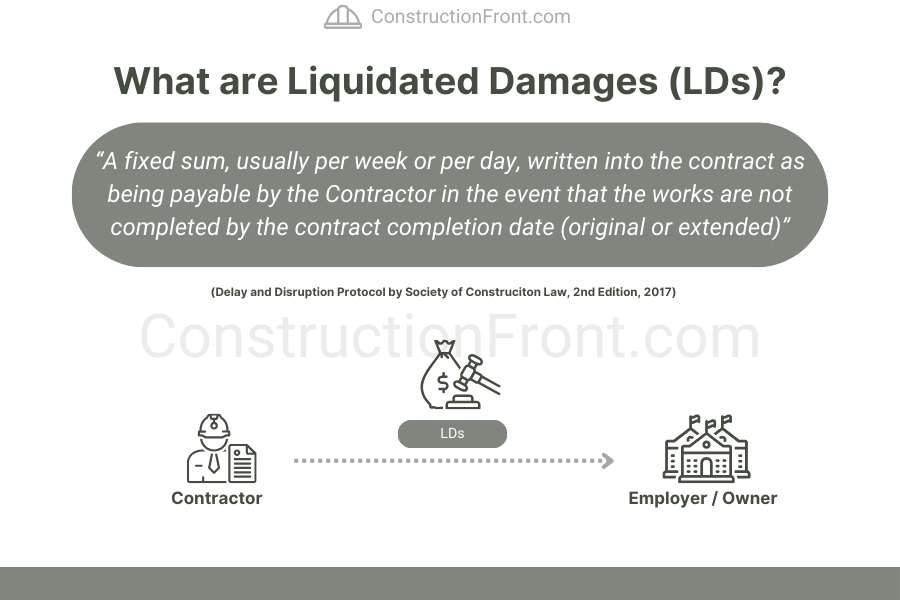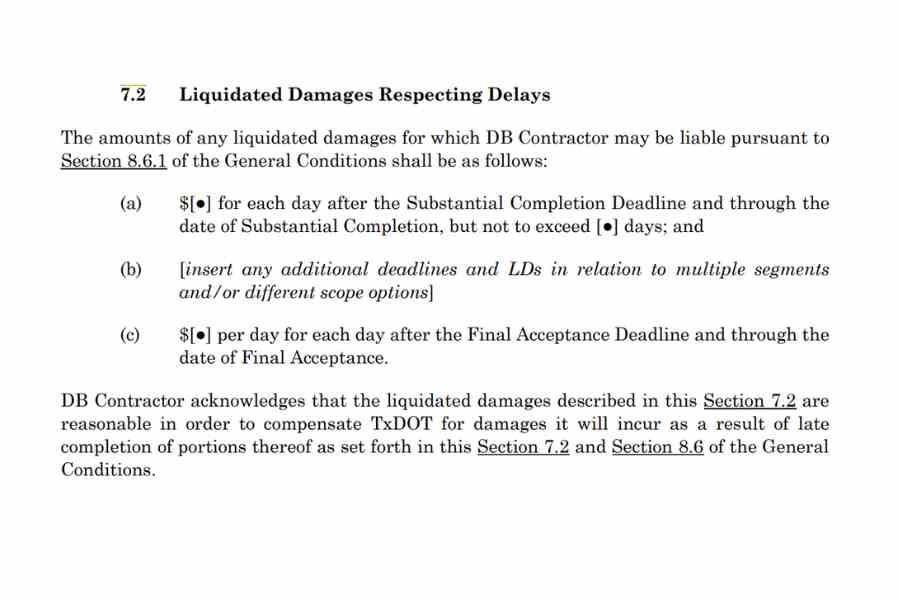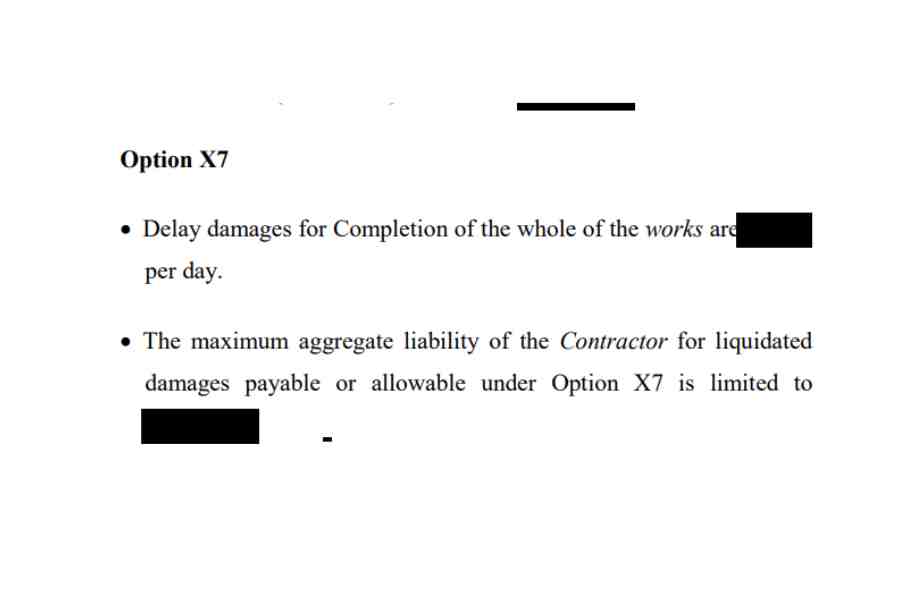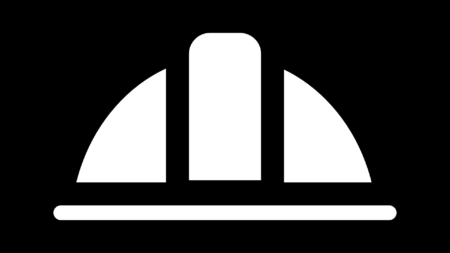In recent decades, construction agreements have continuously evolved and been refined to allocate and distribute risks better between employers and contractors.
Time-related risks are among the critical challenges in construction projects, with delays and disruptions potentially leading to significant financial impacts to employers and contractors and, in many cases, costly dispute resolution processes.
To enhance certainty in agreements and ensure fair and clear compensation for both parties when dealing with project delays, many construction contracts have incorporated liquidated damages (LDs) clauses, which became a standard practice in the industry, especially in time-sensitive projects. But what are liquidated damages?
In short, Liquidated damages (LDs) are predetermined amounts of compensation set in a construction agreement to be paid by a party if it fails to meet its contractual obligations (e.g. reaching project completion by a specific date).
In this article, we will review in depth what LDs are, understand their benefits, and how to claim liquidated damages under a contract, visit some real examples, and many other apsects around the topic.
What are liquidated damages?
Construction projects are well-known for their evolving and dynamic nature: changes of scope through variation orders, external factors causing disruptions (e.g. weather, supplier delays, latent conditions, etc), and many other unexpected events that can adversely impact project progression.
As such, industry professionals have created contractual mechanisms to allow for pre-agreed flexibility and fair compensation for both parties executing the contract, such as clauses related to variation claims/requests, variation orders, extension of time, early warning notices, etc (for more information, check articles in the suggested reading section below).
When dealing with delay compensation, including the liquidated damages clause is widespread in construction contracts. Liquidated damages are a pre-defined compensation sum (typically per day – e.g. $50k/day) that the contractor becomes liable to pay the owner/employer if it fails to reach project completion on the pre-agreed dates.
The Delay and Disruption Protocol by the Society of Construction law defines liquidated damages as “a fixed sum, usually per week or per day, written into the contract as being payable by the Contractor in the event that the works are not completed by the contract completion date (original or extended)“.

Suggested Reading:
Which costs typically covered by LD?
Some of the costs that LDs are designed to cover include:
- Time-Related Costs: Compensation for additional time-related costs incurred by the non-breaching party due to project delays, which may include extended increased administrative expenses, office leases, equipment rental fees, etc.
- Loss of Use or Occupancy: Addressing the loss of use or occupancy of the completed project during the delay period. This is particularly relevant for projects where timely completion is critical, such as commercial buildings (e.g. shopping centres)
- Additional Financing Costs: Any increased financing costs that arise from project delays.
- Disruption to Business Operations: Delays in construction projects can significantly impact and disrupt business operations or revenue streams, such as brownfield assets (e.g. operational assets).
It is important to note that liquidated damages are capped off to a specific limit proportional to the total contract sum to limit the contract’s financial exposure in case of significant delays (i.e. 10% of the contract value).
Why include LDs in a Construction Contract?
Including liquidated damages (LDs) clauses in construction agreements enhance clarity, legal/commercial predictability, and risk management for both contractors and owners, such as:
Importance of LDs | Details |
Incentive for Timely Completion | LDs foster a sense of urgency and accountability among project participants, ensuring that project milestones are met on time or ahead of schedule. |
Financial Protection and Risk Transfer | LDs provide owners with financial protection against the negative impacts of project delays. It also allows owners to transfer the risk of project delays to contractors. |
Predictable Remedies and Increased Certainty | Having predetermined remedies for delays allows for better risk assessment, decision-making, and resource allocation throughout the project lifecycle. |
Enhanced Risk Management | LDs encourage proactive risk identification and mitigation strategies, reducing the likelihood of costly delays and disruptions during construction, such as the inclusion and used of Early Warning Notices/Notices of Delay mechanisms. |
Enforceability and Legal Clarity | Including LDs in contracts provides owners with enforceable and legally clear provisions for addressing project delays. |
Liquidated Damages Clauses - Examples in Construction Contracts
Naturally, drafting LD clauses might vary according to the contracting framework, agreed risk-shared approach, and jurisdiction. Below are examples of publicly available contracts in different countries.
Example #1 - Liquidated Damages clause in US
The clause below has been extracted from Design-Build Agreement Template used by Texas Department of Transportation.

Example #2 - Liquidated Damages clause in UK
The figure below details the drafting of the Option X7 of the Contract executed between Transport for London and Bechtel for Vaxuhall Station Design and Build upgrade contract. Typically, as detailed in the second bullet point, LDs are capped off to a certain limit (circa 10-20% of the Contracted Sum)

Example #3 - Liquidated Damages clause in Australia
The snippet below details the liquidated damages provision in the Incentivized Target Cost Contract (Alliance Contract) for the Central Station Works Upgrades in Sydney executed by Sydney Metro and Laing O’Rourke.

How to claim liquidated damages from a Contractor?
The step-by-step below is a generic approach and, as such, must be adjusted by the contracted terms, jurisdiction, and project specificities (i.e. context of delays, EOTs under dispute, etc.)
- Step 1 – Review Contract: Understand LD terms in the contract- pay close attention to the clauses specifying the circumstances under which LDs can be claimed, the calculation method, notification requirements, and any limitations or exclusions (e.g. delays might have occurred because of excusable delays)
- Step 2 -Document Delays: Keep detailed records of any delays encountered during the project, including the reasons for the delays, the duration of each delay, and any impact on project milestones or completion dates.
- Step 3 – Notify Contractor: In accordance with the contract terms, provide written notice to the contractor informing them of the delays and the intention to claim LDs (ensure that timelines are met to avoid time-bar issues)
- Step 4 -Calculate LDs: Measure the amount of LDs to be claimed based on the predetermined rate or formula specified in the contract.
- Step 5 – Gather Evidence: Compile supporting documentation to substantiate the LD claim, including records of project delays (as detailed in 2), notifications to the contractor, correspondence regarding the delays, and any other relevant documentation.
- Step 6 – Submit Claim: Submit the LD claim to the contractor in writing, along with all supporting documentation.
- Step 7 – Negotiate/Adjudicate: Upon receipt of the LD claim, the contractor may choose to accept, dispute, or negotiate the claim. Suppose there is disagreement over the validity or amount of the claim. In that case, the parties may engage in negotiations or alternative dispute resolution methods outlined in the contract, such as mediation or arbitration. The dispute may be escalated to formal adjudication or legal proceedings if necessary.
- Step 8 – Enforce Claim: if the LD claim is accepted or upheld through dispute resolution, the contractor is typically required to pay the agreed-upon amount of LDs as specified in the contract.
Need Help in Claiming your LDs?
Do not hesitate to contact us (click here) for specialised advice in the construction industry.
FAQ - LDs in Construction Contracts
What happens if a project is delayed due to unforeseen circumstances?
Unforeseen circumstances, often referred to as force majeure events or excusable delays, may provide grounds for extensions to project timelines, through extension of time claims, potentially relieving the contractor from liquidated damages liability.
Liquidated damages vs Penalty – What is the difference?
Liquidated damages are pre-estimated damages agreed upon by parties in advance, typically to compensate for specific breaches, like project delays.
Penalties are punitive measures imposed to deter breaches and often exceed actual damages. The main difference lies in their intent: LDs aim to compensate, while penalties aim to punish
Liquidated damages vs consequential loss – What is the difference?
Consequential loss refers to indirect or secondary damages resulting from a breach, including lost profits or additional expenses beyond the direct damages covered by liquidated damages.
The key difference is that liquidated damages are specific and predefined, while consequential loss encompasses broader, indirect damages.
Liquidated damages vs Unliquidated Damages – What is the difference?
The main difference between liquidated and unliquidated damages is their certainty and pre-determination.
Liquidated damages are predetermined amounts agreed upon by parties in advance of breaches. In contrast, unliquidated damages are not predetermined and require assessment or determination by a court or arbitrator based on the actual losses incurred.
Need Help?
Do not hesitate to contact us (click here) for specialised advice in the construction industry.
Sources
- Delay and Disruption Protocol by the Society of Construction Law – UK
- Predictability of Adjudicated Liquidated Damage Clauses in Construction Contracts
- LIQUIDATED DAMAGES IN CONSTRUCTION CONTRACTS: IS THERE A SCHISM BETWEEN THE AUSTRALIAN AND ENGLISH COURTS?
- Design-Build Agreement Template (state.tx.us)
- Vauxhall Station Upgrade Contract (tfl.gov.uk)
- CSM-ITC-Contract-General-Conditions.pdf (nsw.gov.au)













